Native Americans turned to plants long before pharmacy aisles existed! Their gardens were living apothecaries brimming with clover, willow, and sage—each leaf a whispered promise of relief. They brewed roots into teas that soothed fevered brows, crushed petals into salves for wounded skin, and burned aromatic herbs to clear the air of spirits and sniffles. This isn’t dusty history. It’s a pulse of ancient wisdom that still hums in every root and blossom. Echinacea pumped up immunity long before cold remedies hit shelves. Willow bark eased aches hundreds of years ahead of aspirin’s debut. And desert willow leaves offered gentle relief to parched throats and restless minds. Ready to explore 16 time-tested plant remedies that Native healers swore by? Buckle up for a journey through fragrant forests and rolling prairies. You’ll learn to honor traditions, harness natural power, and perhaps find your next favorite remedy—rooted deeply in the oldest science we know.
Echinacea
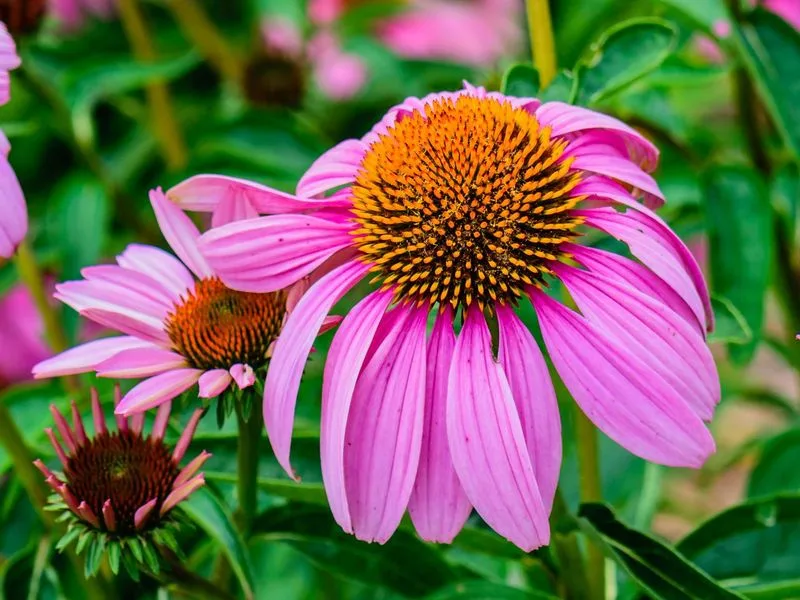
Echinacea, known for its striking purple petals, was a staple among Native American healers. Utilized primarily for its immune-boosting properties, it played a crucial role in fighting off infections. Native tribes often brewed it into teas or mashed its roots into a paste.
Imagine a healer in a serene forest, carefully selecting echinacea blooms. These plants were not just medicinal but held cultural significance as symbols of health and vitality.
Historically, the use of echinacea spread widely, eventually influencing modern herbal medicine. Its legacy continues as a beloved natural remedy.
Willow Bark

Willow bark, often dubbed nature’s aspirin, was utilized by Native Americans for pain relief. The active compound, salicin, closely resembles aspirin, offering a natural way to alleviate aches. Picture a healer by a tranquil river, stripping willow bark to brew a soothing tea.
This practice was a testament to their profound botanical knowledge. Willow bark’s effectiveness in reducing pain and inflammation was a cornerstone in traditional medicine.
Its use has transcended time, with modern science recognizing its benefits in pain management and anti-inflammatory properties.
Yarrow
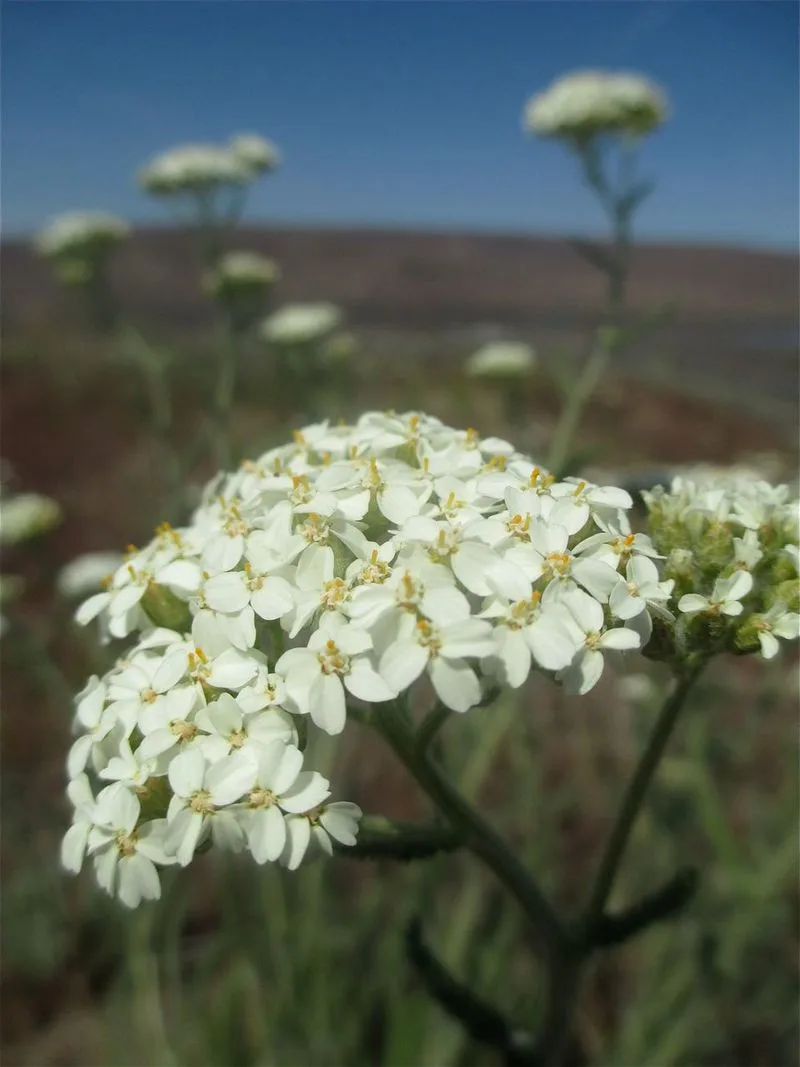
Yarrow, a plant with feathery leaves and clusters of white flowers, was cherished for its medicinal versatility. Native Americans used it to stop bleeding, reduce fever, and heal wounds. Envision a patient gatherer, carefully plucking yarrow blooms in a sunlit meadow.
This humble plant was a powerful ally in treating various ailments. Yarrow’s ability to staunch bleeding made it invaluable during times of injury.
Its legacy endures as a symbol of healing, both in ancient practices and modern herbal tinctures.
Mint
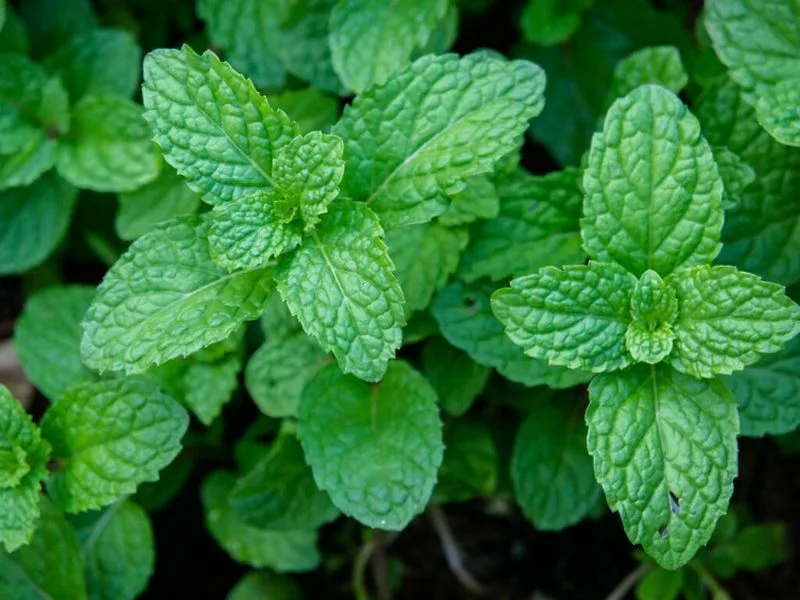
Mint, not just a culinary delight, was a staple in Native American remedy kits. Known for its cooling and digestive properties, it provided relief from stomach issues and nausea. Imagine an elder inhaling the crisp aroma in a sun-drenched garden.
Mint was often brewed into teas or applied as a poultice to soothe headaches. It’s a testament to the resourcefulness of traditional healers.
Today, mint remains a popular herbal remedy, appreciated for its refreshing qualities and ability to ease digestive discomfort.
Sage
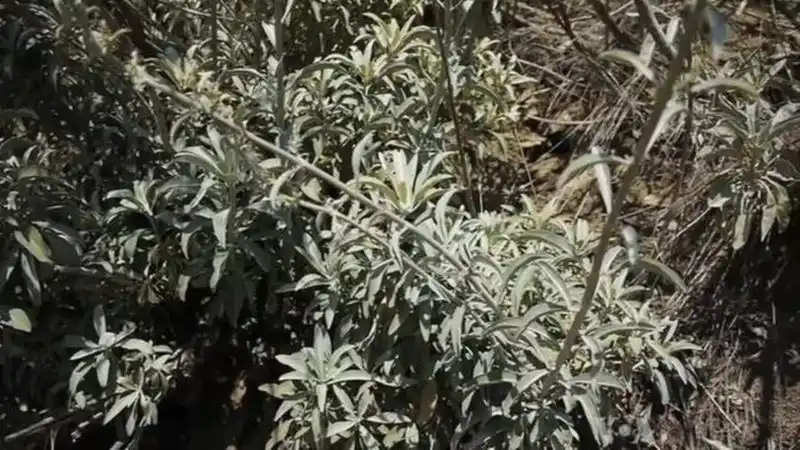
Sage, with its silvery leaves, was revered in Native American culture for its purifying and protective qualities. Beyond its ceremonial use, it served as a remedy for respiratory issues and infections.
Visualize a shaman using sage smoke in a ritual as the sun sets in the distance. This plant was seen as a bridge between the physical and spiritual realms.
Its use in smudging ceremonies persists today, symbolizing purification and healing, while its medicinal attributes continue to be valued.
Elderberry
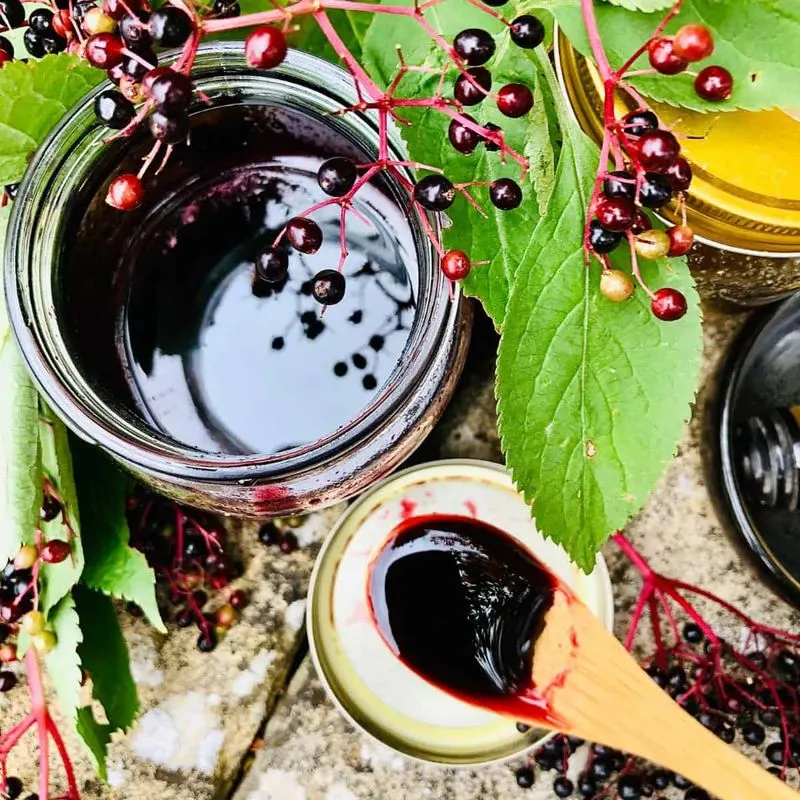
Elderberry, with its dark, juicy berries, was a beloved remedy for colds and flu. Native Americans crafted it into syrups and tinctures, harnessing its antiviral properties.
Picture a young woman meticulously preparing elderberry syrup by a warm fire. This practice showcased their deep understanding of nature’s pharmacy.
Today, elderberry remains a popular choice for bolstering immunity, with its roots deeply embedded in traditional medicine and its benefits supported by modern research.
Calendula
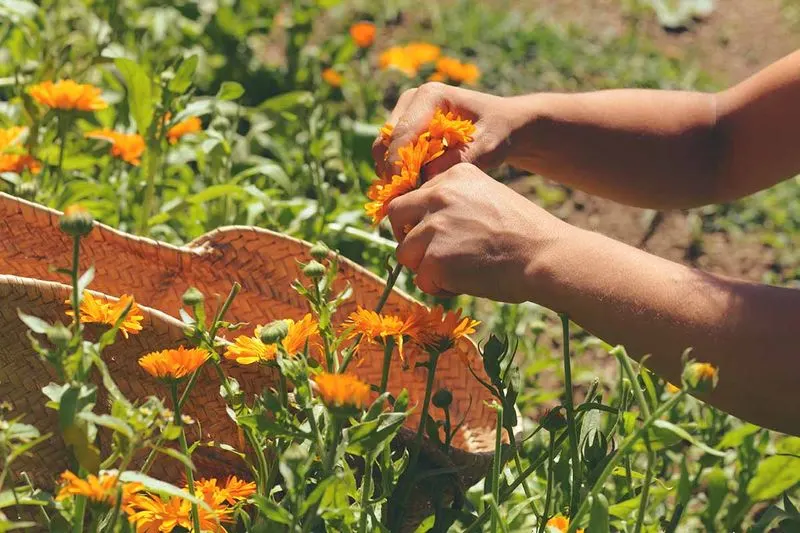
Calendula, with its bright orange blossoms, was a go-to remedy for skin ailments. Native Americans valued it for its anti-inflammatory and antiseptic properties.
Imagine a healer in a colorful garden, selecting petals to create a soothing salve. This plant’s vibrant hue mirrored its powerful healing abilities.
Calendula’s role in traditional medicine has persisted, with its extracts used in modern skincare to treat wounds and irritations, continuing to soothe and protect.
Black Cohosh
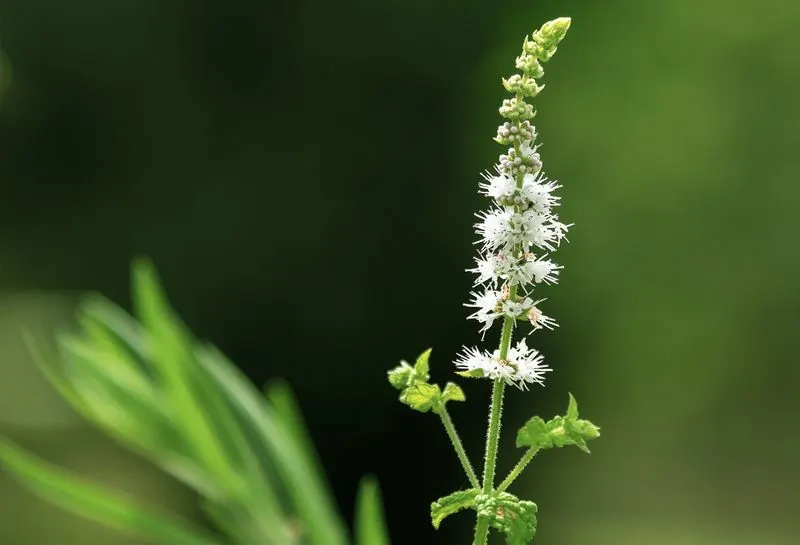
Black cohosh, with its tall, spiky flowers, was primarily used for women’s health. Native American women turned to it for menstrual relief and menopausal symptoms.
Picture a woman carefully digging for roots in a dense forest. This plant offered solace through its natural hormonal balancing properties.
Today, black cohosh remains a trusted ally in women’s health, bridging ancient knowledge with contemporary needs, providing comfort and support.
Goldenseal
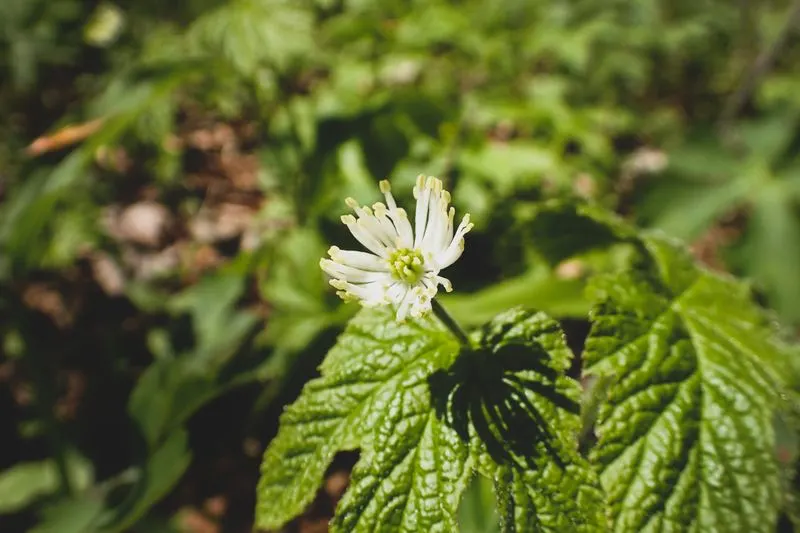
Goldenseal, with its yellow roots, was admired for its antimicrobial properties. Native Americans used it to treat wounds and infections.
Visualize an elder gently gathering roots by a bubbling stream. This plant’s potency was a gift from nature, used to cleanse and heal.
Goldenseal’s reputation as a natural antibiotic has endured, though modern conservation efforts focus on its sustainable use, acknowledging its place in traditional herbal medicine.
Licorice Root
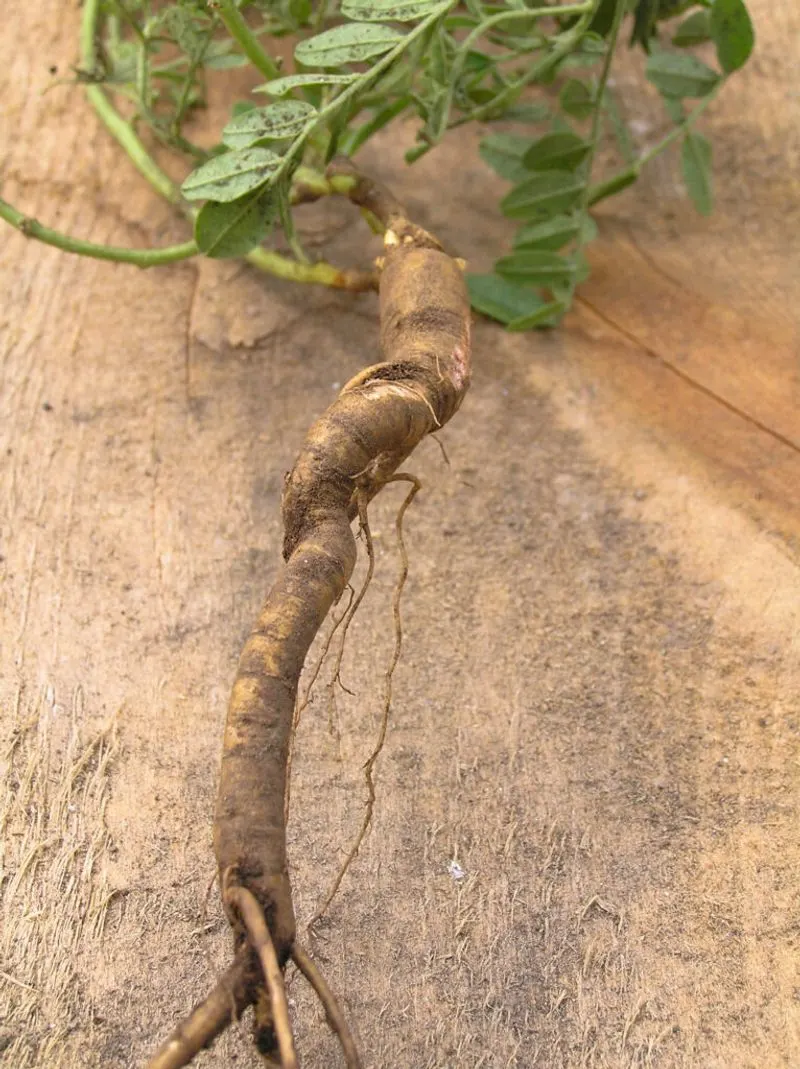
Licorice root, with its sweet taste, was more than a treat. Native Americans used it to soothe sore throats and coughs.
Imagine a child enjoying the sweet flavor in a sun-baked landscape. Its natural sweetness was a delight, masking its powerful healing abilities.
Licorice root continues to be a cherished remedy, valued for its soothing properties and enjoyed by generations as both medicine and confection.
Ginseng
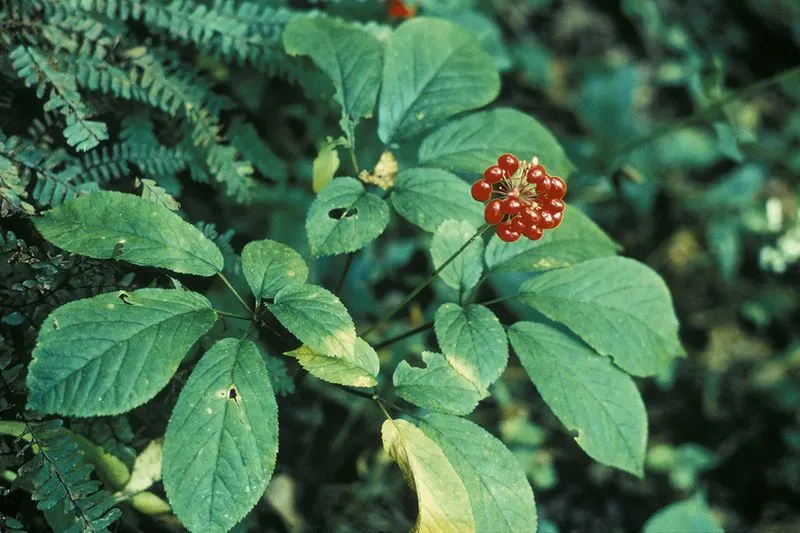
Ginseng, revered for its energizing effects, was a prized plant among Native Americans. Used to boost stamina and vitality, it played a vital role in their medicine.
Picture an elder passionately sharing ginseng’s virtues with curious young listeners. Its reputation as a ‘man-root’ symbolized strength and resilience.
Today, ginseng is globally recognized for its health benefits, bridging ancient traditions with modern wellness practices.
Cranberry
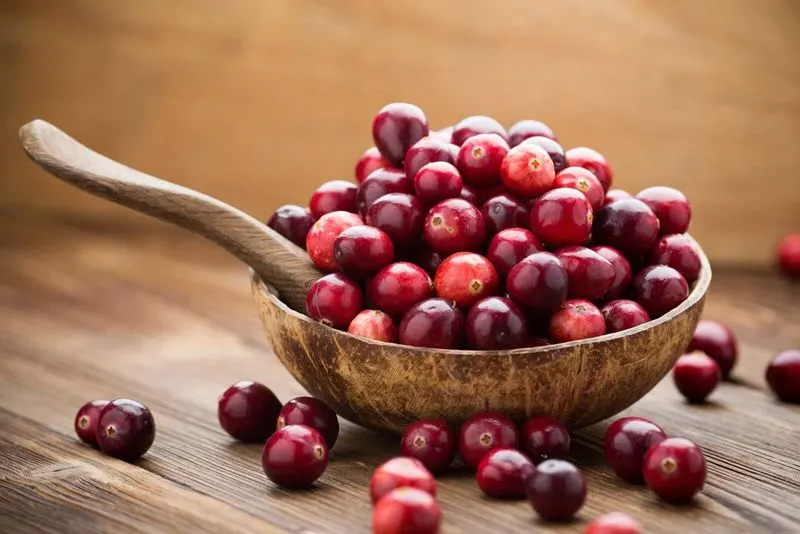
Cranberries, with their tart flavor, were not only food but medicine. Native Americans used them to prevent scurvy and urinary issues.
Visualize an elder in a vibrant cranberry bog, passionately teaching its importance. These berries were a staple, providing both nourishment and healing.
Today, cranberries are celebrated for their health benefits, particularly in supporting urinary health, with a legacy deeply rooted in Native wisdom.
Burdock Root
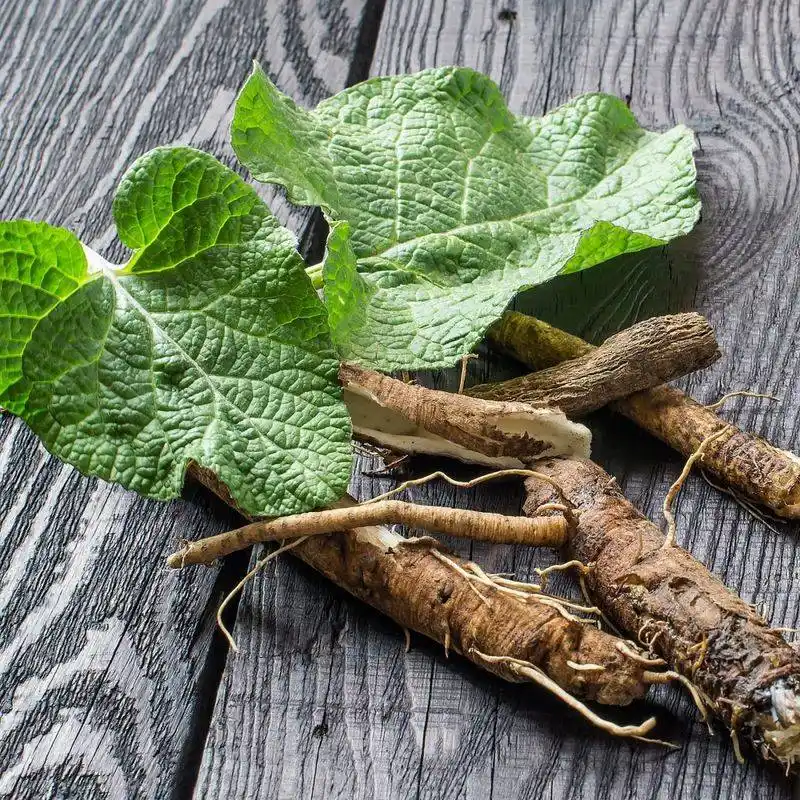
Burdock root, with its tenacious nature, was used to purify blood and treat skin ailments. Native Americans treasured it for its detoxifying properties.
Envision a healer in rugged terrain, gathering roots by a clear stream. Its resilience mirrored the strength it imparted to those who used it.
In modern herbal practices, burdock remains a popular choice for cleansing and supporting skin health, echoing its historical significance.
Juniper
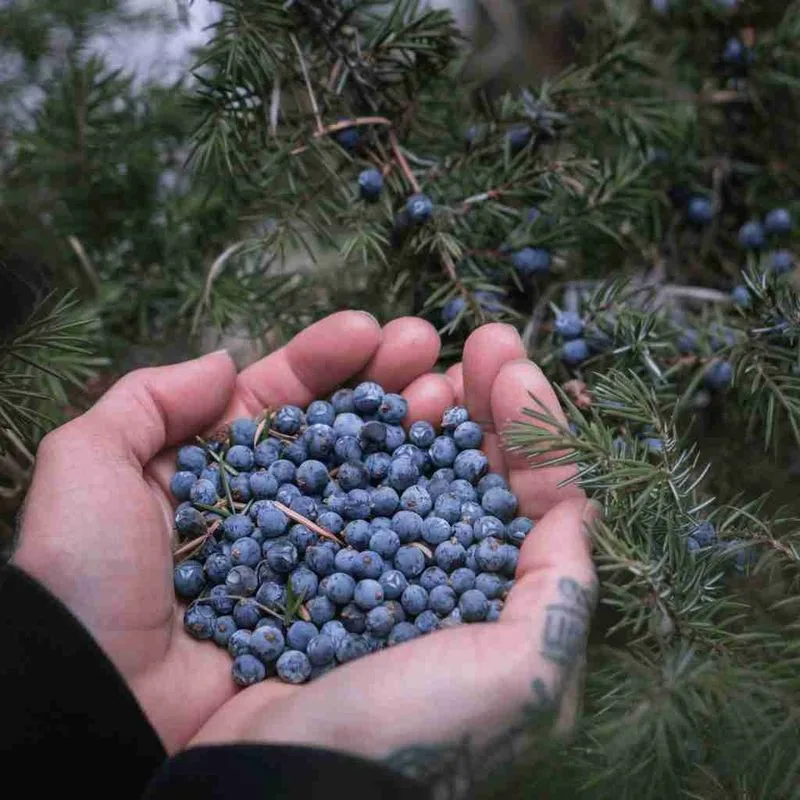
Juniper, with its aromatic berries, was a versatile remedy. Native Americans used it to treat respiratory ailments and as a diuretic.
Picture a healer in the soft light of dawn, gathering juniper berries in a vast desert. Its fragrance was as captivating as its healing abilities.
Juniper continues to be valued for its medicinal properties, a testament to its enduring presence in traditional remedies.
Catnip
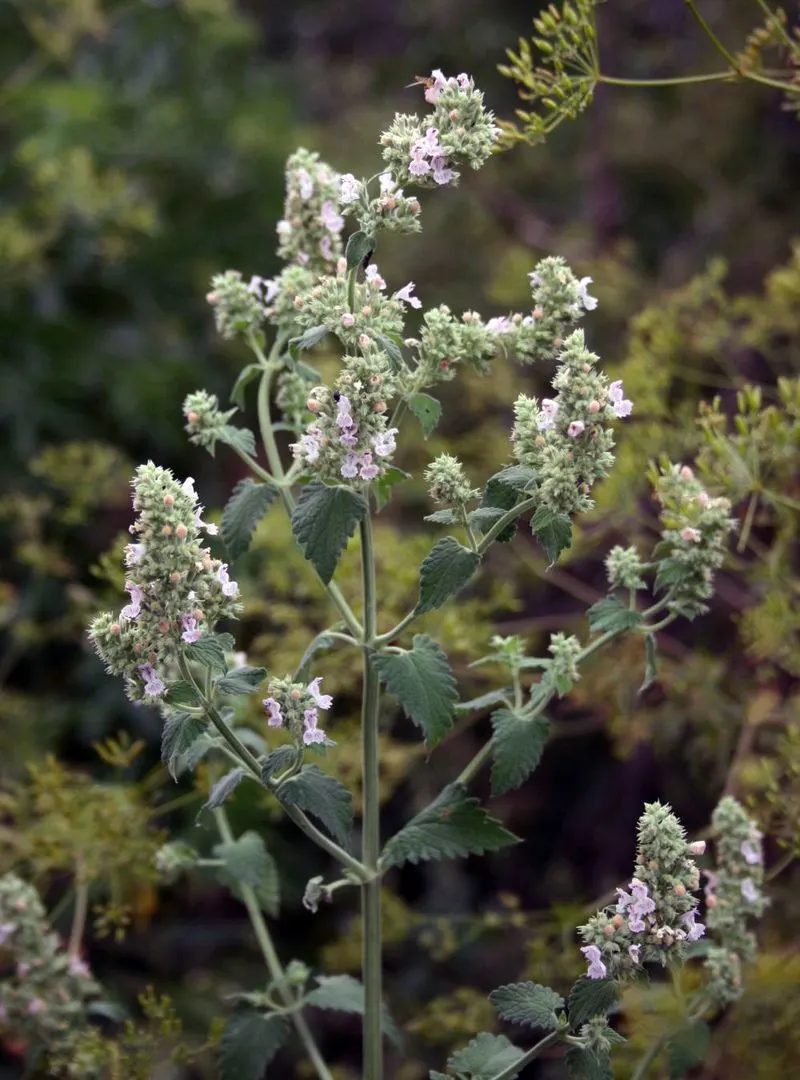
Catnip, beyond its appeal to felines, was utilized by Native Americans for its calming effects. It was often given to children to ease colic and anxiety.
Visualize a young girl playfully weaving through a catnip field, the gentle breeze carrying its soothing scent. This plant’s calming nature was a trusted remedy.
Today, catnip is appreciated not only for its effects on cats but also for its mild sedative properties in herbal teas.
Dandelion
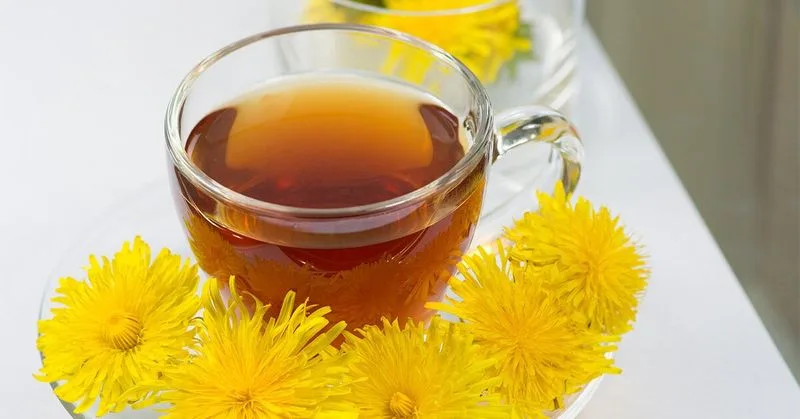
Dandelions, often viewed as weeds, were a valuable resource in Native American medicine. Used for digestive issues and as a diuretic, they were more than meets the eye.
Imagine an elder in a dandelion-filled meadow, brewing a tea that epitomizes simplicity and effectiveness.
Dandelions remain a staple in herbal medicine, celebrated for their detoxifying properties and nutritional benefits, carrying forward a legacy of wellness.

